i already shared some glimpses into the book ‘Chasing Francis’ that i am busy reading and absolutely loving.
i have a lot of pieces of paper sticking out of a lot of pages, so i thought i would have to do a follow up, with the main focus being GET A HOLD OF THIS BOOK… this is simple a trailer, but the whole book chewed on as a meal is what you really want.
= = = = = = =
This first piece speaks to artists of different forms. This is from a journal entry by Chase the main character written from The Veranda at the Residenza Madri Pie, in Rome:
Dear Francis,
A few years ago I went to a U2 concert at Madison Square Garden in New York City, just three months after 9/11. Most of us in the arena that night probably knew someone who’d died in the Twin Towers; we’d lost three people in our church alone. I’ll never forget the end of the concert. As the band played the song “Walk On,’ the names of all those who had died were projected onto the arena walls and slowly scrolled up over us, and then up toward the ceiling. At that moment the presence of God descended on that room in a way I will never forget.
There we were, 25,000 people standing, weeping, and singing with the band. It suddenly became a worship service; we were pushing against the darkness together, I walked out dazed, asking myself, “What on earth just happened?” Of course it was the music. For a brief moment, the veil between this world and the world to come had been made thin by melody and lyric. If only for a few brief minutes, we were all believers.
I just looked up John Paul II’s Letter to Artists, which Liam had mentioned in his lecture. Here’s a part you’d agree with:
“In order to communicate the message entrusted to her by Christ, the church needs art. Art must make perceptible, and as far as possible, attractive, the world of the spirit, of the invisible, of God. It must therefore translate into meaningful terms that which in itself is ineffable. Art has a unique capacity to take one or other facet of the message and translate it into colours, shapes and sounds which nourish the intuition of those who look or listen. It does so without emptying the message itself of its transcendent value and its aura of mystery…
“In Christ, God has reconciled the world to Himself. All believers are called to bear witness to this; but it is up to you, men and women who have given your lives to art, to declare with all the wealth of your ingenuity that in Christ the world is redeemed: the human person is redeemed, the human body is redeemed, and the whole creation which, according to Saint Paul, ‘awaits impatiently the revelation of the children of God,’ is redeemed… This is your task. Humanity in every age, and even today, looks to works of art to shed light upon its path and its destiny…
“Beauty is a key to the mystery and a call to transcendence. It is an invitation to savour life and to dream of the future…
“Artists of the world, may your many different paths all lead to that infinite Ocean of beauty where wonder becomes awe, exhilaration, unspeakable joy.”
= = = = = = =
This next passage is told on the end of a harrowing account of one family’s experiences in the Rwandan massacre where one of Emmanuel’s children was brutally hacked to death and the other one miraculously survived:
I began the difficult task of pulling the pile of bodies apart until I found my Nathan underneath the body of his brother. He was quivering and trying to speak. Both his arms were broken and badly hacked; he had put them up to shield his body from the blows of the machetes. We think he must have blacked out from terror during the attack, and the Interahamwe mistakenly assumed he was dead,” Emmanuel said.
As I listened to Emmanuel, the ache of grief in my chest was so devastating that I could barely breathe. I surveyed the room, and it was clear I wasn’t alone. Everywhere I looked, tears were flowing freely.
“Thank God I was able to carry Nathan back to my secretary’s home without getting caught. She drove to the clinic to get the supplies I needed to treat Nathan, and we lived in the well for two months, until we were able to flee to a refugee camp in Uganda. Later, Nathan told us that the assistant headmaster had led the militia to his classroom and pointed to the children who were Tutsi. He drank beer and watched as my son and his classmates were slaughtered. Six hundred in one afternoon.” Emmanuel took a sip of water, then stood silent for a moment before continuing.
“We returned to Ruhengeri in 1995, and I discovered that this assistant headmaster and his family were living in our house. I saw his nine-year-old boy wearing my dead son’s clothes and riding his bicycle in the road. Can you imagine such a thing? Many Tutsi came home to discover this had happened to them. When I confronted the man, he denied having anything to do with the killings and claimed he had a right to be in my home, since we had deserted it. In my rage I tried to kill him, but our neighbours pulled us apart. We went to stay with my sister’s family in the next town over. It took me more than a year to have the man and his family evicted. Even though he was eventually arrested and imprisoned, I remained filled with such hatred, such a desire for revenge, that I could not sleep at night. I dreamed of killing not only him but also his whole family, so that he might know the depths of my suffering.
But there is an old Rwandan proverb: ‘He who seeks vengeance is like a man who drinks poison, hoping that it will kill his enemy,'” Emmanuel said, a fleeting smile appearing for just a moment. “I knew my heart was dying, and I begged the Lord to save me.”
He looked in my direction and smiled. It took me a mooment to realise he was smiling at Sister Irene, seated next to me.
“Today,” he said, “my sister and I run a program to bring together people who participated in the genocide with people whose loved ones were murdered. The families and friends of the victims talk about their grief, while the people who took part in the genocide listen. Afterward, the perpetrators can confess what they did during the genocide and ask forgiveness. My healing came when I came face-to-face with two men who had participated in the massacre at my son’s school. Before a large group, my wife and I described to them what their crimes had done to our hearts, how Nathan had nightmares and wets himself now. As we told our story, one of the men began sobbing. He said he had been forced to take part in the killing, and he begged us to forgive him.
“As he wept, a three-year-old Tutsi girl waddled across the room and climbed up into his lap to comfort him. Her gesture overwhelmed us. We all wailed so long that I thought we would never stop. That was a turning point for me.” Emmanuel stopped for a moment, lost in his memories.
“That little girl showed me the gospel, and the power of forgiveness and reconciliation, not to mention what it means to be a peacemaker. She brought Francis’s words to life: ‘We should love our enemies because their injurious conduct gives us an occasion to gain eternal life by returning love for hatred.’ Without forgiveness, there is no peace. Umwami imanaiguhe amahoro – the Lord give you peace,” he said and walked off the stage.
= = = = = = =
The last piece i want to share here looks at the idea of a person vs communal faith:
Sister Irene had to teach a class. I joined her afterward. We grabbed a box lunch and walked outside. It was sunny and warm, but gusty winds blew down off the mountains, buffeting us as we walked. Irene had to press down her habit to prevent it from blowing up, and I had to hold her by the arm so she wouldn’t end up becoming The Flying Nun. We found a rickety wooden bench leaning against a wall at the back of the conference center that provided shelter from the wind.
Irene smoothed the paper bag her lunch came in and used it as a place mat on her lap. “So what do you think so far?” she asked. “I’m impressed” The class I attended while IIrene taught hers had been about Francis’s approach to peacemaking. The instructor, an American friar named Brother Frank who lived and worked among the Palestinians, had been delighted with the students’ participation – they had challenged and stretched him. “These kids know their business. I was nothing like them when I was their age,” I said.
“What were you like?”
I thought for a moment. “My relationship with Jesus was more personal,” I replied. “I never thought about how faith related to big global issues.”
Irene put down her sandwich. “I’ve always found the phrase ‘personal relationship with Jesus’ a little puzzling. I don’t mean to be rude, but it sounds so self-interested. I’ve always had an intimate relationship with Jesus, but my faith is more rooted in the communal than the personal.”
I was beginning to see her point. During my time at the friary, I’d experienced Jesus’ presence in a way I never had before, and it had come through being in such close community. Eating together, praying together, living together, doing life that closely with a group of Christians was something new to me. The faith I’d embraced was more an individualistic enterprise than anything else. “Can I ask you a personal question?” I said, peeling my orange.
“Of course.”
“Emmanuel found peace. What about you?” I asked.
Sister Irene sighed. “Some days I feel like I have forgiven the Interahamwe, and other times I pray the Lord’s Prayer and feel like a hypocrite. I begin to think forgiveness is not something you do; it is something that gets done to you.”
I cocked my head. “What do you mean?”
“Perhaps the power to forgive cannot be manufactured, but is a charism you receive,” she said.
“I hope so. I haven’t been very successful at generating it on my own.”
“You need to make peace with someone?” Irene asked.
I chuckled. “Let me see… my parents, the church, God, my childhood…”
Irene frowned, grasped my hand, and looked me square in the eye. “Do you really want peace?”
“Yes,” I said.
“And you want to spread peace to the world?”
“Yes.”
Irene’s face softened. “You cannot – until you have peace with yourself,” she said, releasing my hand and placing her own over my heart. Warm currents of healing passed through her fingers. The bruises on my heart were exposed. Was this what lepers felt like when Jesus touched them?
She closed her eyes. “While you are proclaiming peace with your lips, be careful to have it even more fully in your heart.
Nobody should ever be roused to wrath or insult on your account. Everybody should rather be moved to peace, goodwill, and mercy because of your restraint. For we have been called to the purpose of healing the wounded, binding up those who are bruised, and reclaiming the erring.”
“Who said that?” I whispered.
Irene beamed. “Who do you think?” Francis could not be a peacemaker until he had peace about his broken relationship with his father, his lost dreams, his own demons. It is no different for us. If we want to be peacemakers, we have to confront the wounds and darkness in our own hearts first – otherwise we will always be blaming others for our problems instead of looking at ourselves. And you know what, Chase? She looked me in the eye. “No one else is ever the cause of your problem.”
My face went hot. “I don’t think you under-“
“Yes, the church needs rebuilding; yes, your parents failed you; yes, you are a broken person; yes, your tradition is not everything you thought it was – but do not blame anybody or anything else for your lack of peace or your problems.” She paused and squeezed my hand. “You are the biggest problem you have.”
My first impulse was to fight back, but my own heart silenced me, saying, Amen.
= = = = = = =
i think that’s a good selection for now… i think this merits a part three but also want to save the rest of the book for you to bite into. Have you ordered your copy yet? Seriously, just go do it now.

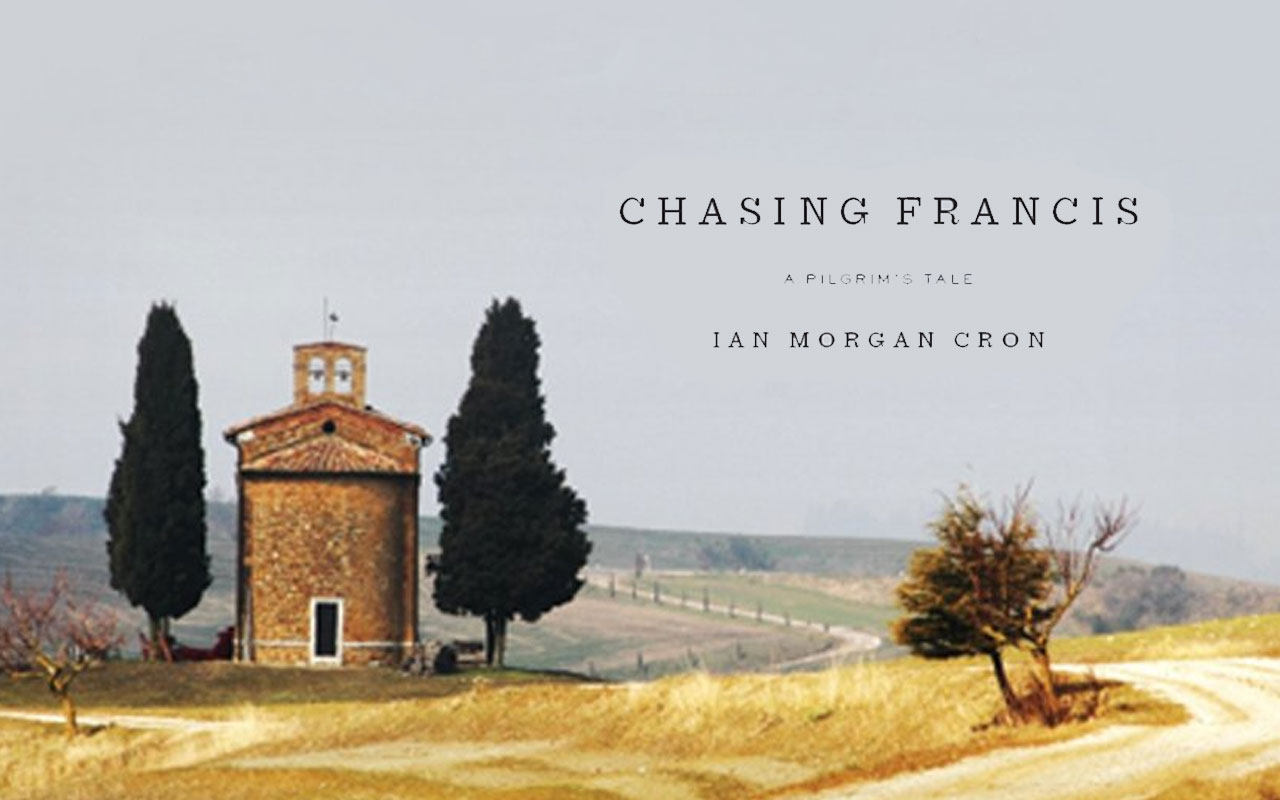
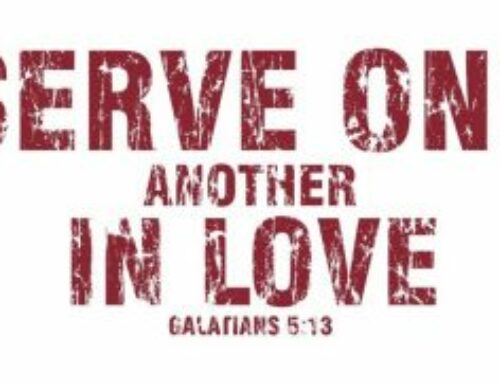
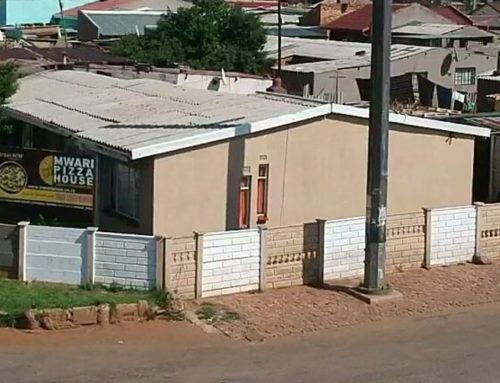
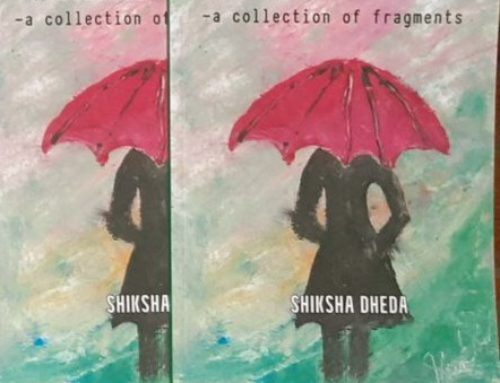
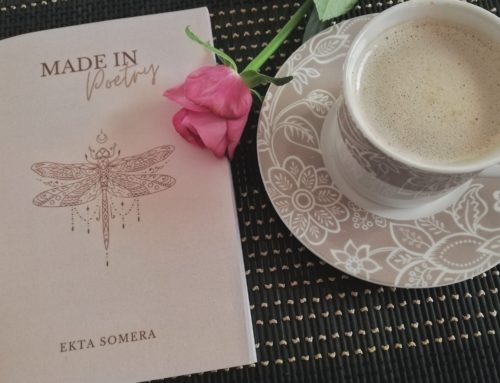
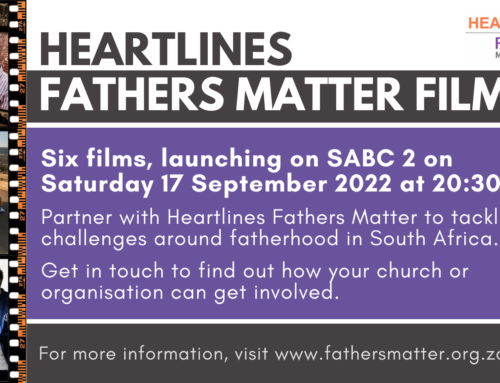
[…] [for Part II with some more challenging and inspiring passages from Chasing Francis, click here] […]
[…] .fusion-button.button-1 .fusion-button-text, .fusion-button.button-1 i {color:#ffffff;}.fusion-button.button-1 {border-width:0px;border-color:#ffffff;}.fusion-button.button-1 .fusion-button-icon-divider{border-color:#ffffff;}.fusion-button.button-1:hover .fusion-button-text, .fusion-button.button-1:hover i,.fusion-button.button-1:focus .fusion-button-text, .fusion-button.button-1:focus i,.fusion-button.button-1:active .fusion-button-text, .fusion-button.button-1:active{color:#ffffff;}.fusion-button.button-1:hover, .fusion-button.button-1:focus, .fusion-button.button-1:active{border-width:0px;border-color:#ffffff;}.fusion-button.button-1:hover .fusion-button-icon-divider, .fusion-button.button-1:hover .fusion-button-icon-divider, .fusion-button.button-1:active .fusion-button-icon-divider{border-color:#ffffff;}.fusion-button.button-1{width:auto;}Check out this passage on Artists and gifts from the book Chasing Francis […]
[…] [For a super powerful story from the Rwandan massacre, click here] […]